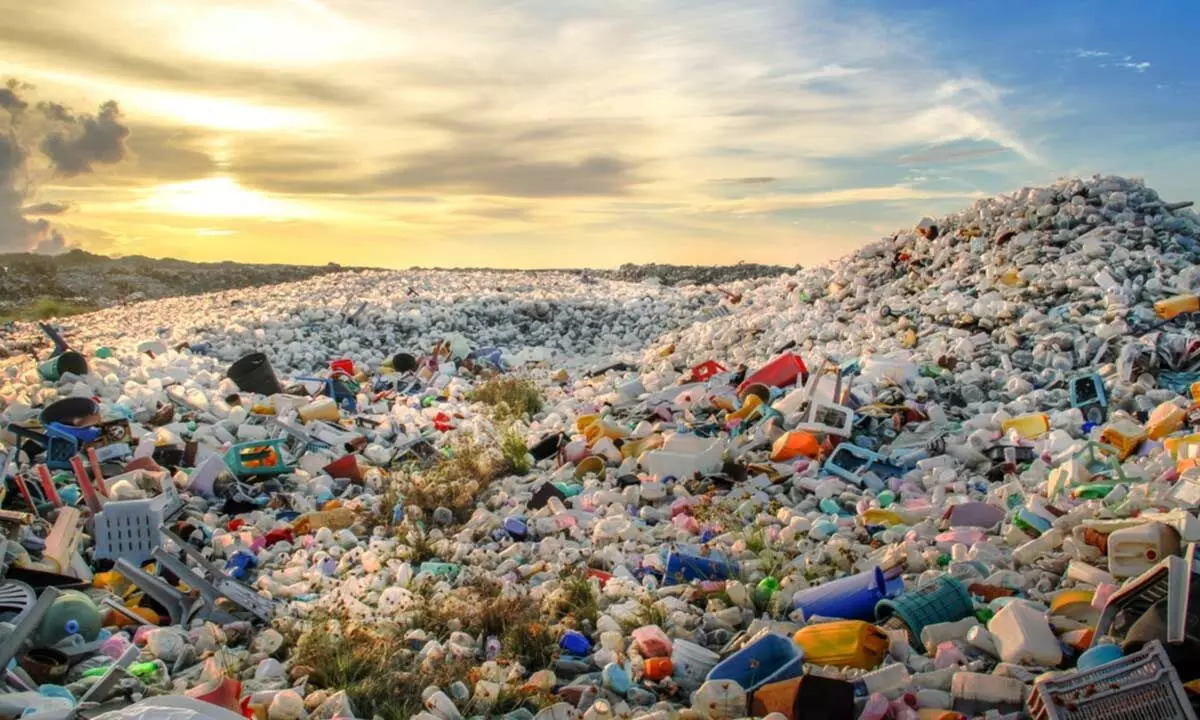Live
- Justice Ghose Commission visits Medigadda, Govt begins repair works at barrages
- Over a dozen MLAs skip crucial meet of KC Venugopal
- Sameer fires salvo at Asad for amassing huge wealth
- Naidu clears YSRCP hurdles to reach out to Tirupati voters
- EC pours cold water on govt plan to make Rythu Bharosa payments
- Pawan assures Tirupati people Lord’s darshan once every month
- Vijayawada: Voter awareness through sand sculpture
- PM Modi meets family members of PV at Rajbhavan
- Vote for alliance means nod to privatisation of VSP, warns Jagan
- BJP caught on a sticky wicket as Cong unmasks it on quota: Bhatti









